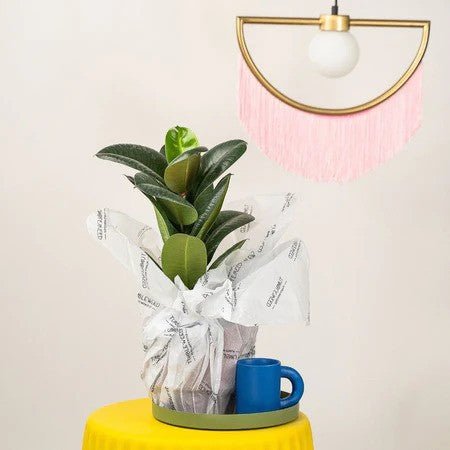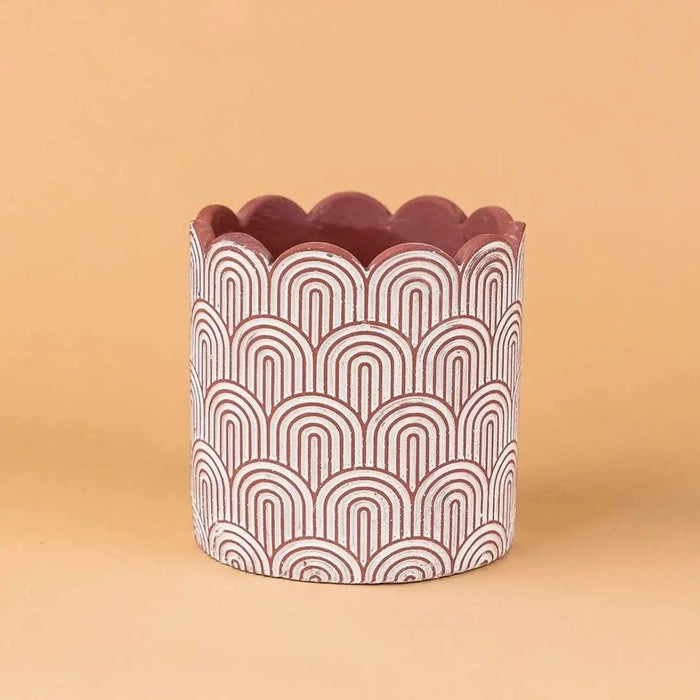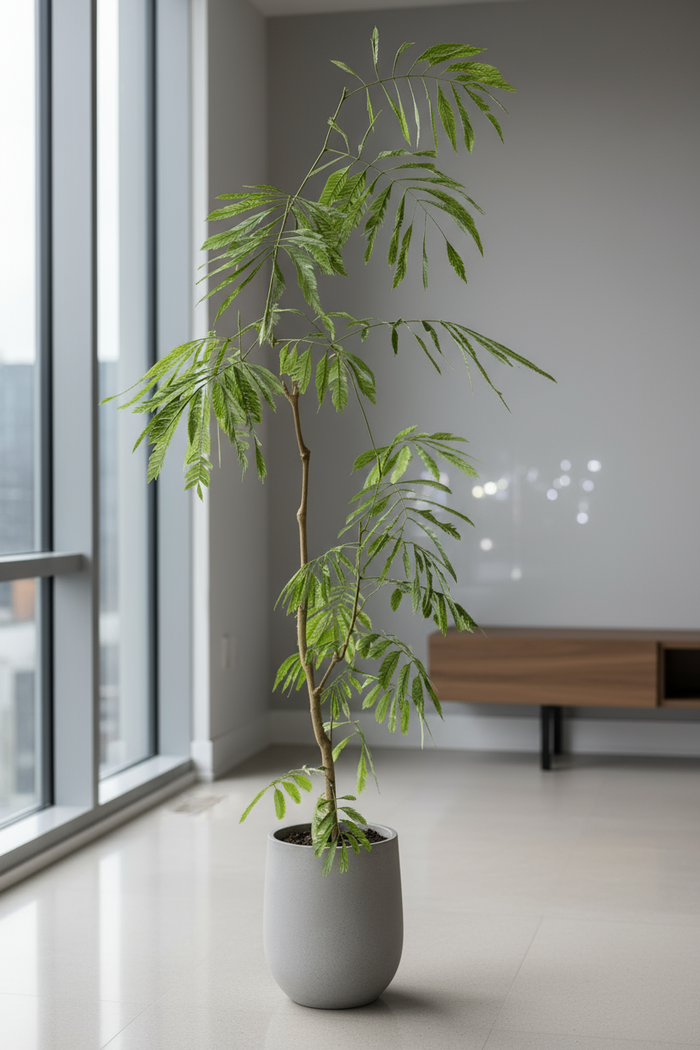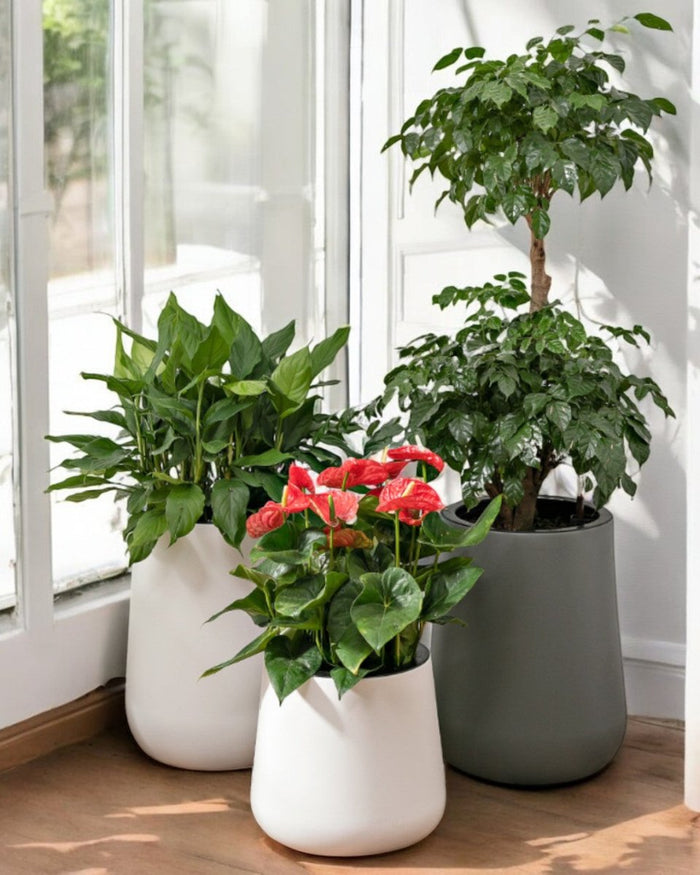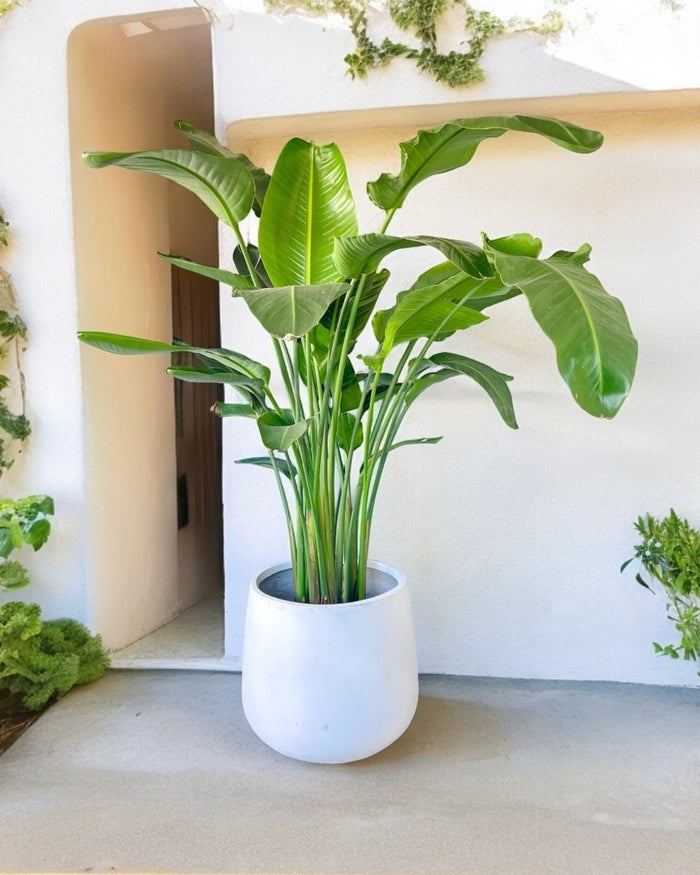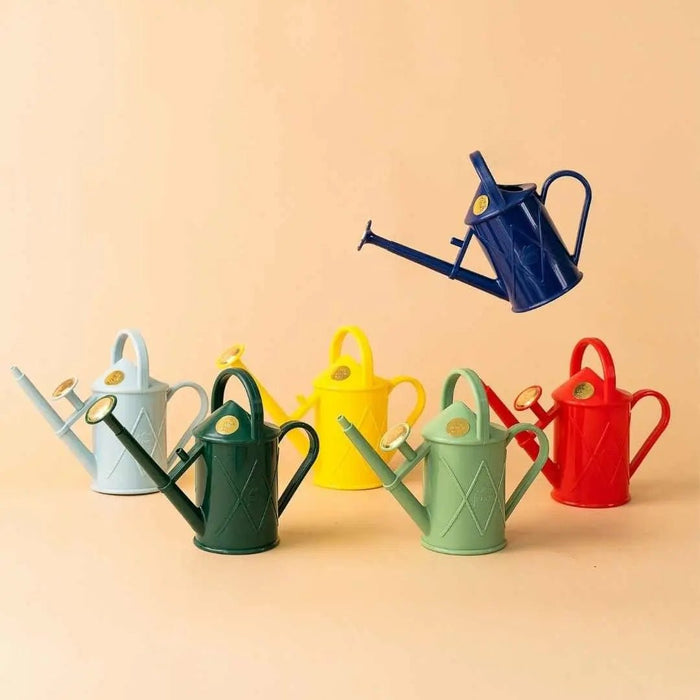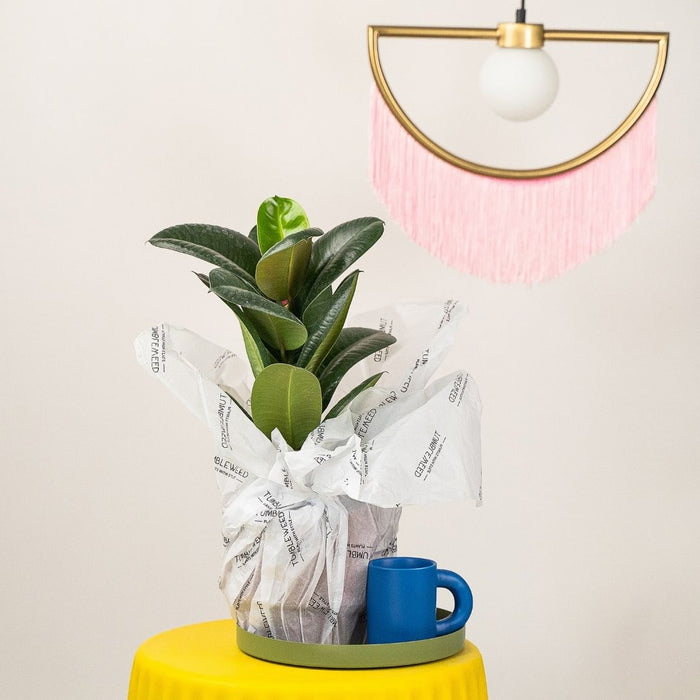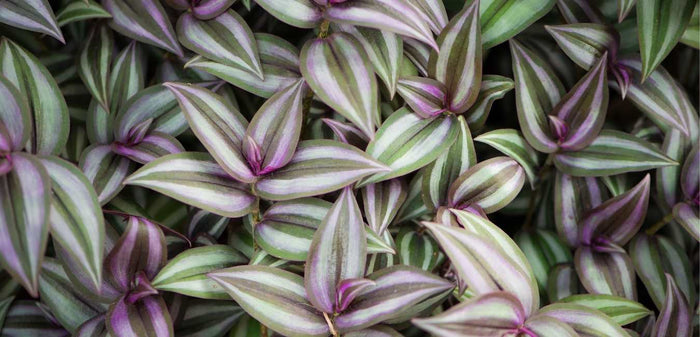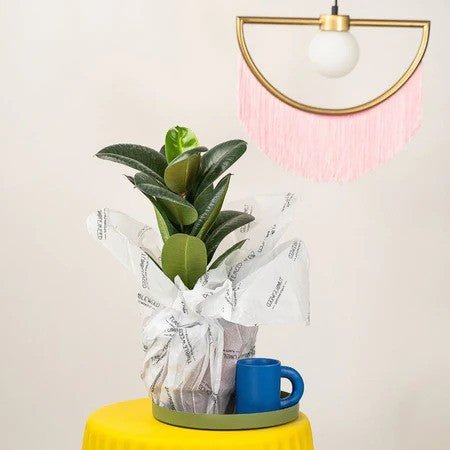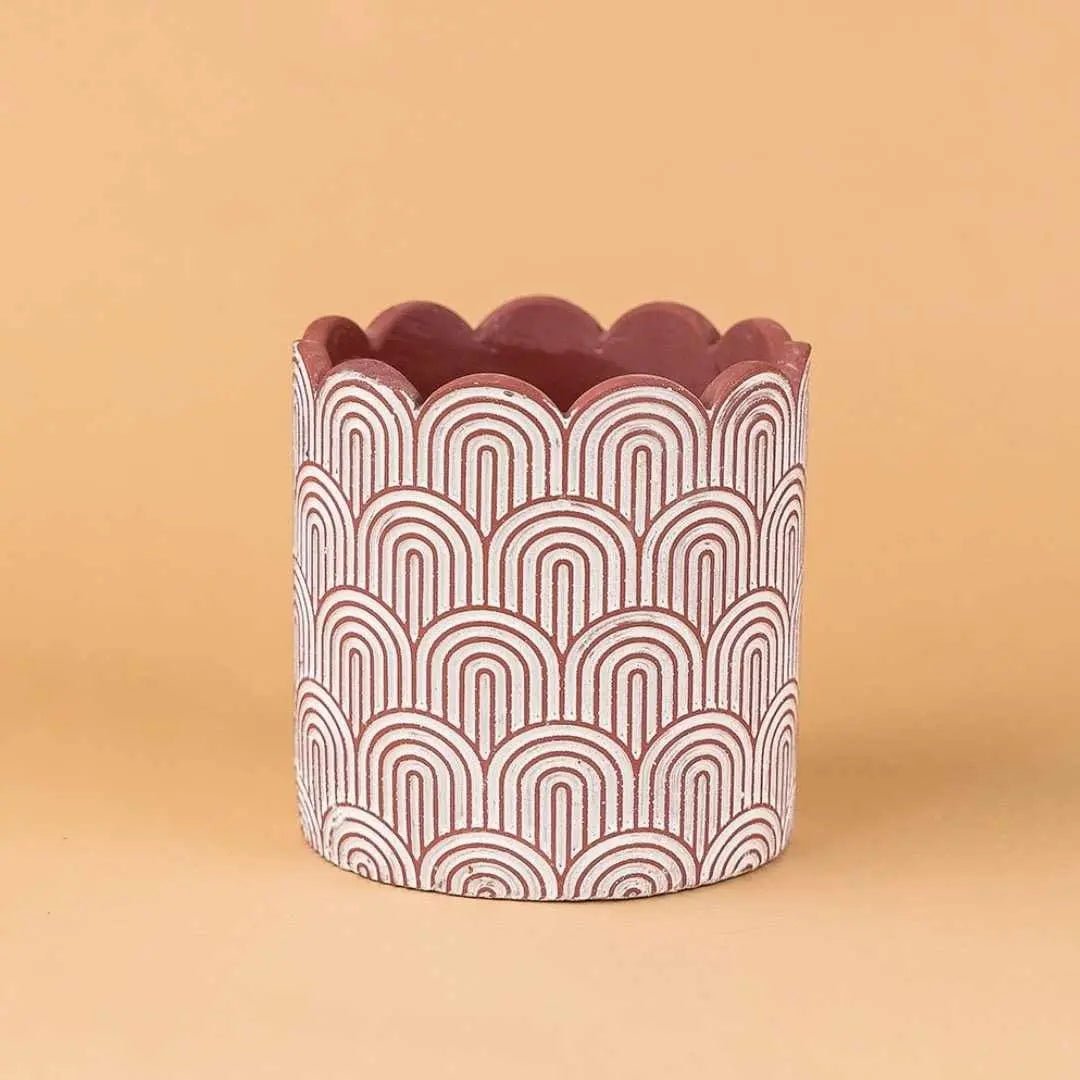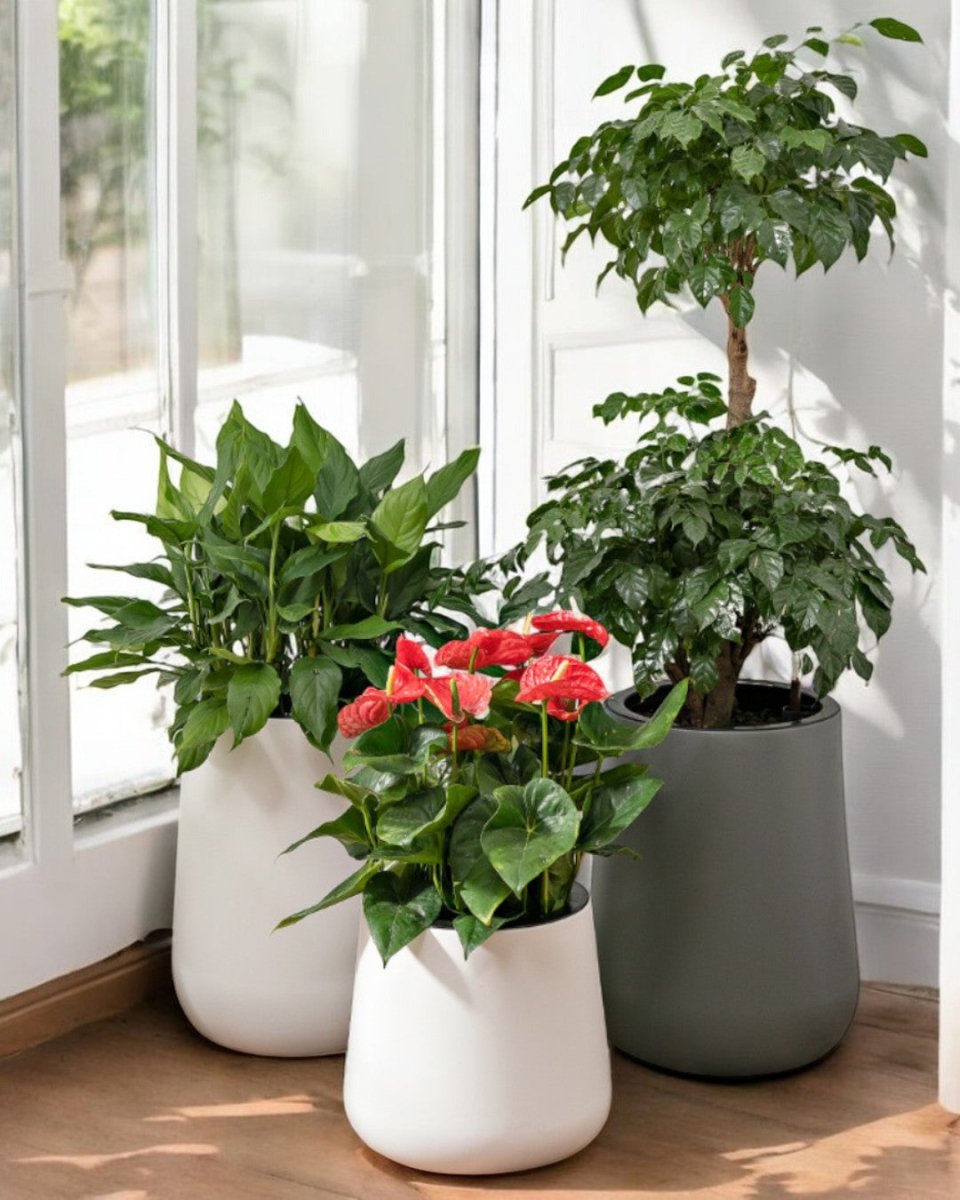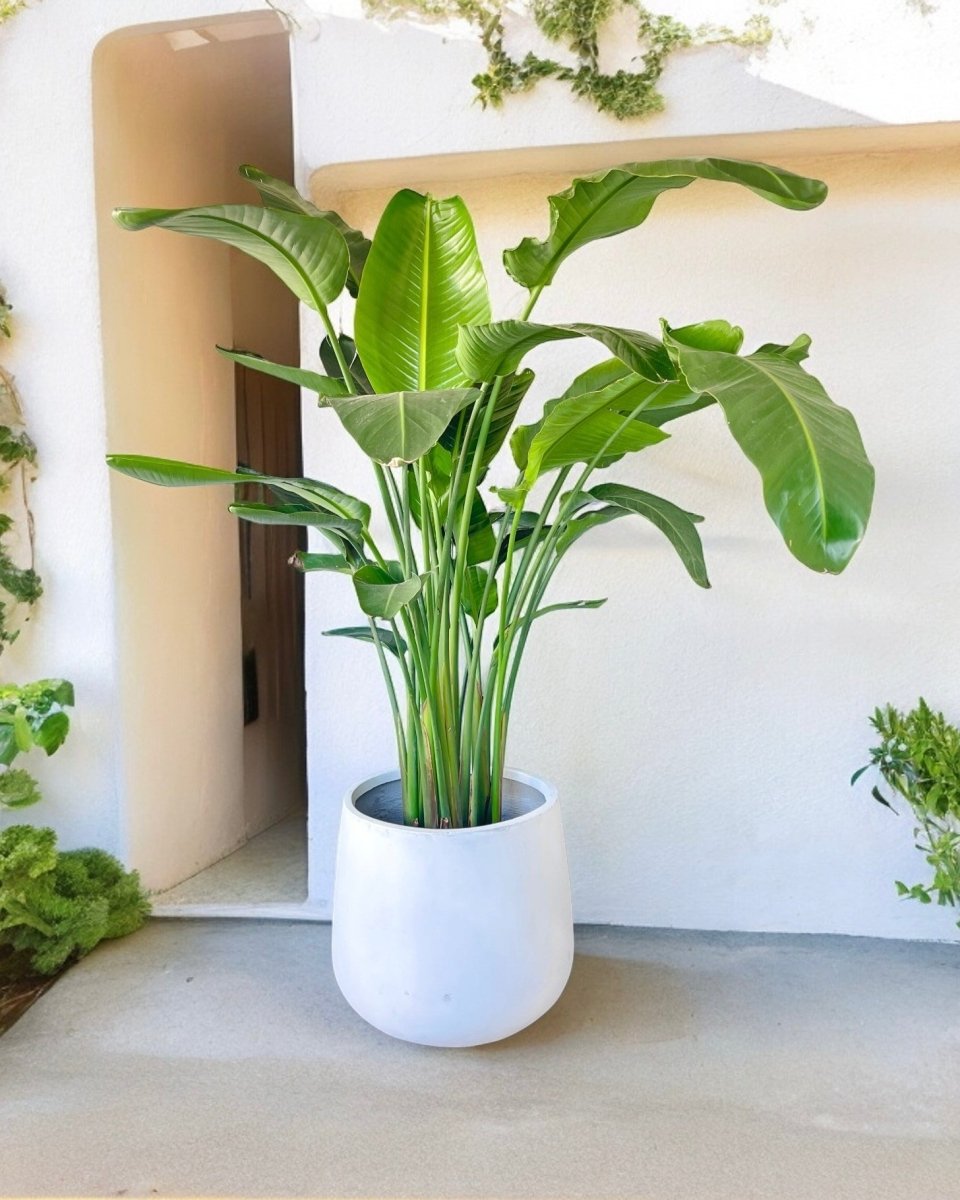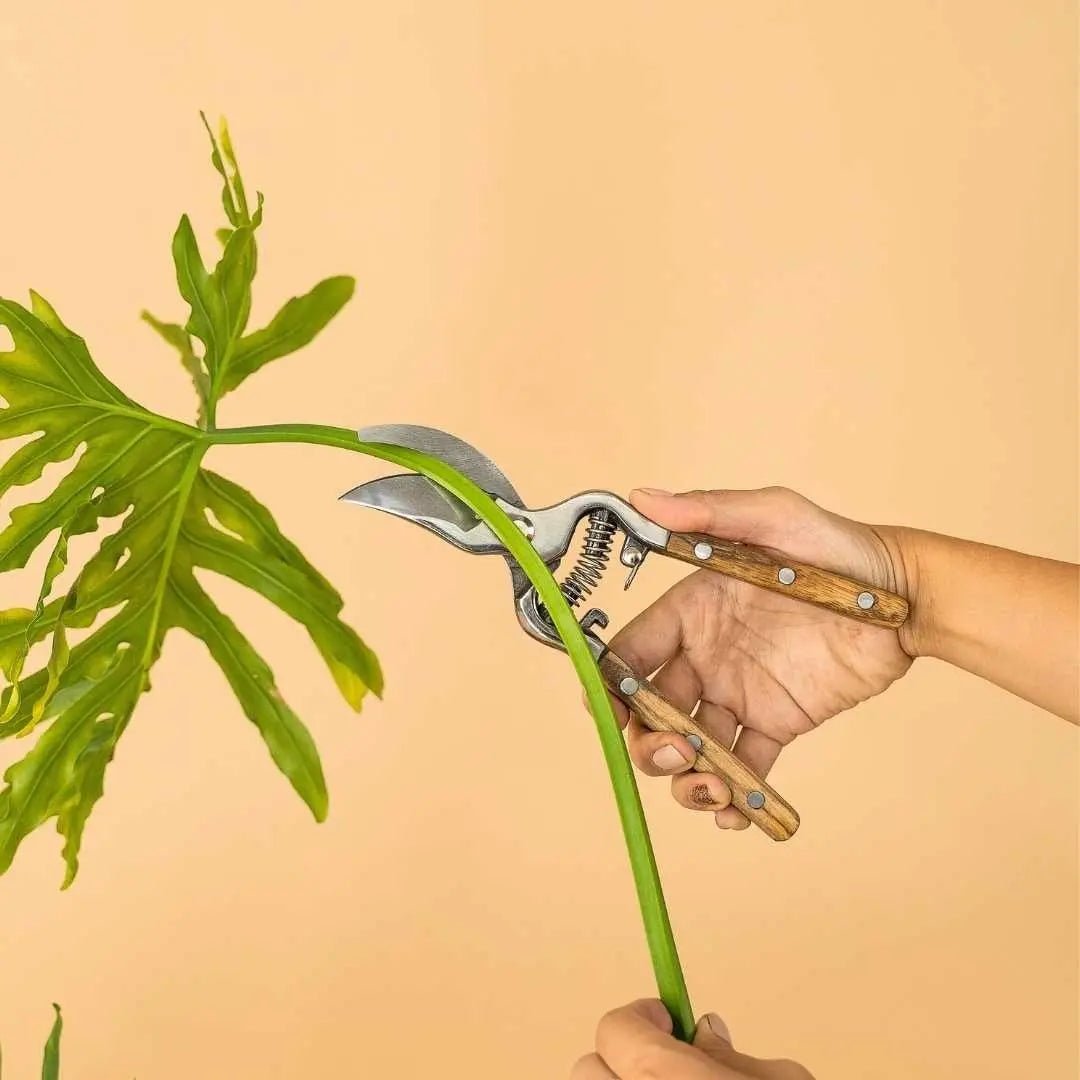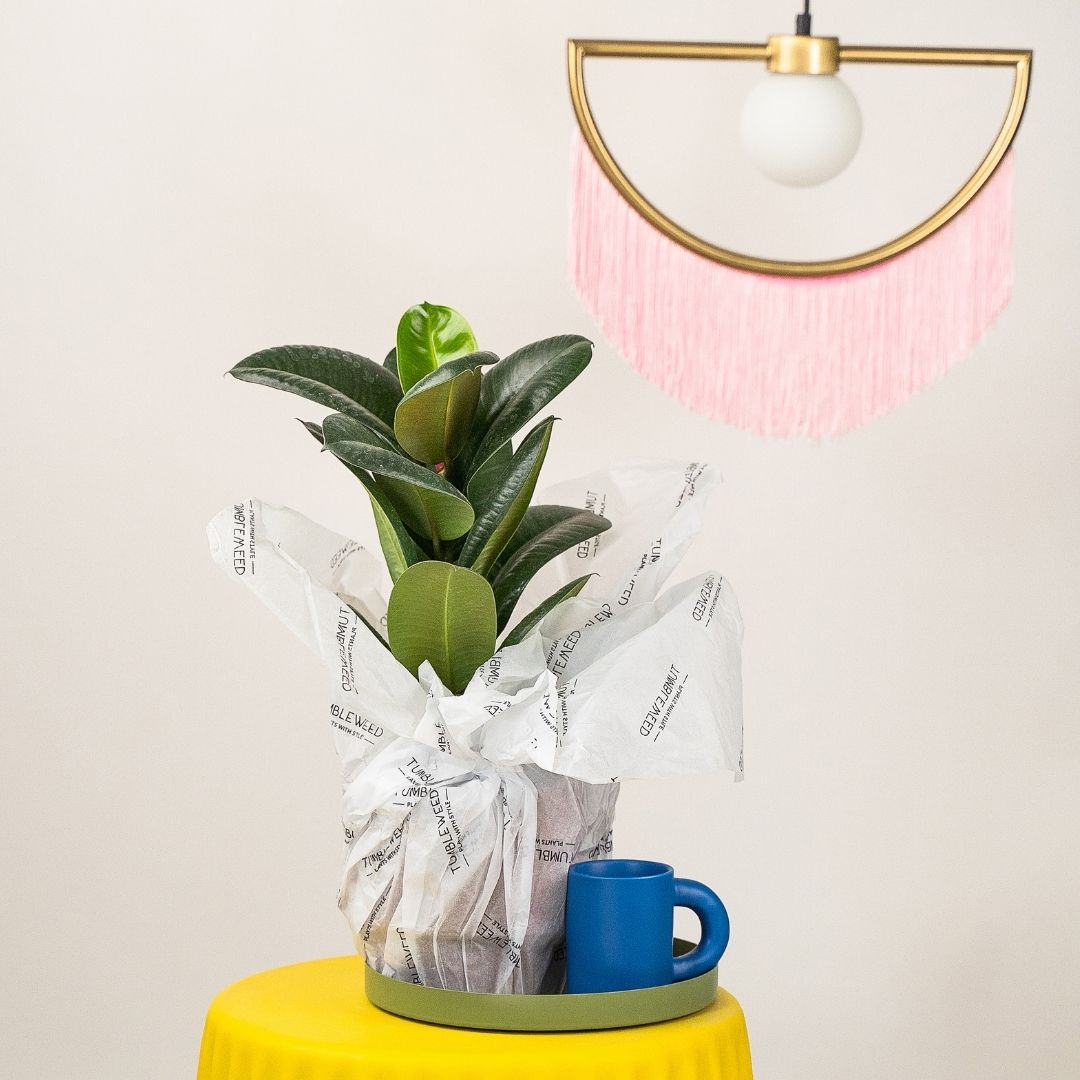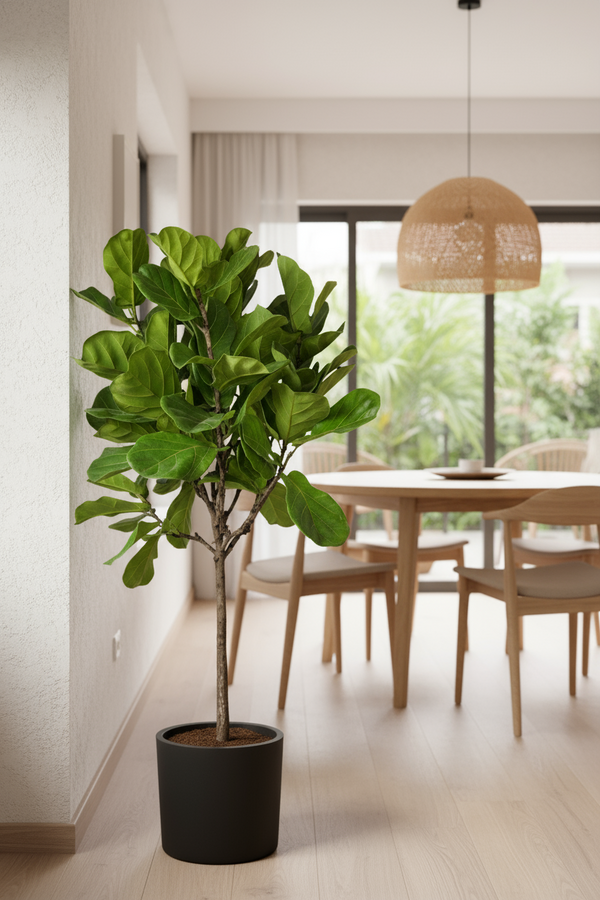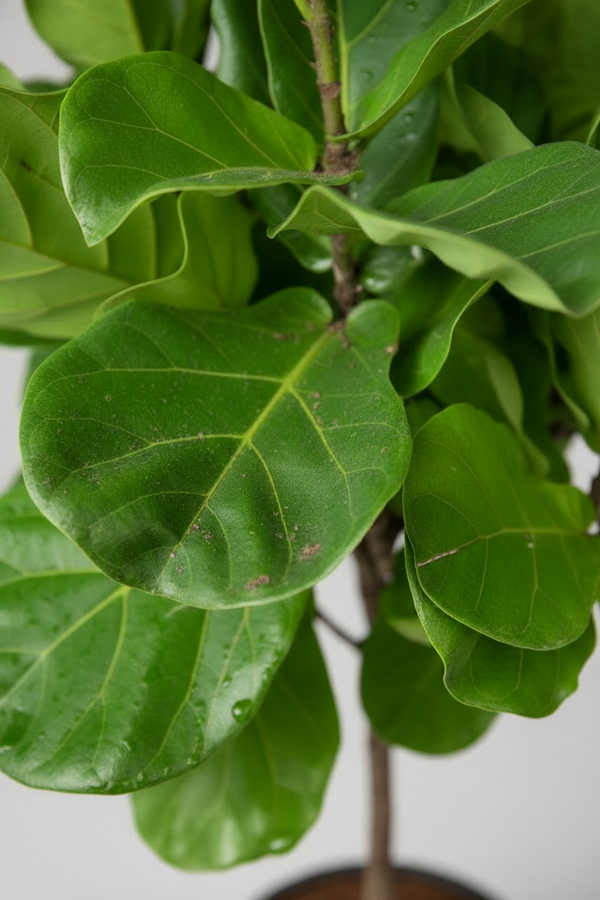The Ficus genus of ornamental plants is very popular for growing indoors with their prominent, broad and glossy leaves. Among the most popular indoor species are the rubber tree (Ficus elastica) and the fiddle-leaf fig (Ficus lyrata). Once settled in their new environment, Ficus plants and trees are relatively easy to care for.
Search plants, planters, garden accessories and more.
-
Sale
-
Plants
-
Pots
-
Care
-
Decor
-
Gifts
-
Services
-
Business
Free Delivery Above $99 | Shop Now
What's New
-
 Year End Sale: Up to 50% off→
Year End Sale: Up to 50% off→ -
 🎁 Corporate Gifts! 🎁→
🎁 Corporate Gifts! 🎁→ -
 Transform your space with our Plant Styling Services!→
Transform your space with our Plant Styling Services!→ -
 Low Light Corner?→
Low Light Corner?→ -
 Login to Earn & Redeem Points!→
Login to Earn & Redeem Points!→ -
 🎉 Making buying plants easy! 🎉→
🎉 Making buying plants easy! 🎉→

Year End Sale: Up to 50% off
Upgrade your decor now! Automatic tiered discounts mean bigger savings on plants, planters & more. Watch your progress bar fill up as you shop! Sale ends soon. 🌱
Also don't miss out on our free XL Everfresh giveaway, auto enrolled when you make a purchase with us.
Shop Plants
🎁 Corporate Gifts! 🎁
Planning corporate gifts for the festive season? Make a lasting impression with our premium plant gifts! Perfect for clients, partners, or employees, our curated selection of plants is both meaningful and elegant. Choose from a variety of options that fit any budget. Order now and ensure your corporate gifts are delivered in time for the celebrations.
Bulk Gifting
Transform your space with our Plant Styling Services!
Looking to refresh your space for the year-end festivities? Elevate your home decor with our Plant Styling service! Whether it’s a cozy corner or a grand living room, our expert tips will help you transform your space into a green oasis. Perfect for setting the holiday mood! Get inspired and start styling your space with our premium plant collections.
Start your Project
Low Light Corner?
No worries! Our Plant Lights are here to help your plants grow! Specially designed and made for houseplants.
Shop Lights
Login to Earn & Redeem Points!
Login and automatically enrol into our Rewards program, earning you points, and get exclusive deals and discount
Login Now
🎉 Making buying plants easy! 🎉
We have made buying plants even easier, with our customer service team, equipped to provide you with a plant recommendations. Hit us up on our chat channels to get started!
Shop NowUp to 50% off with our Year End Sale!
Free delivery above 99SGD
🎁 Free Gift Above $120
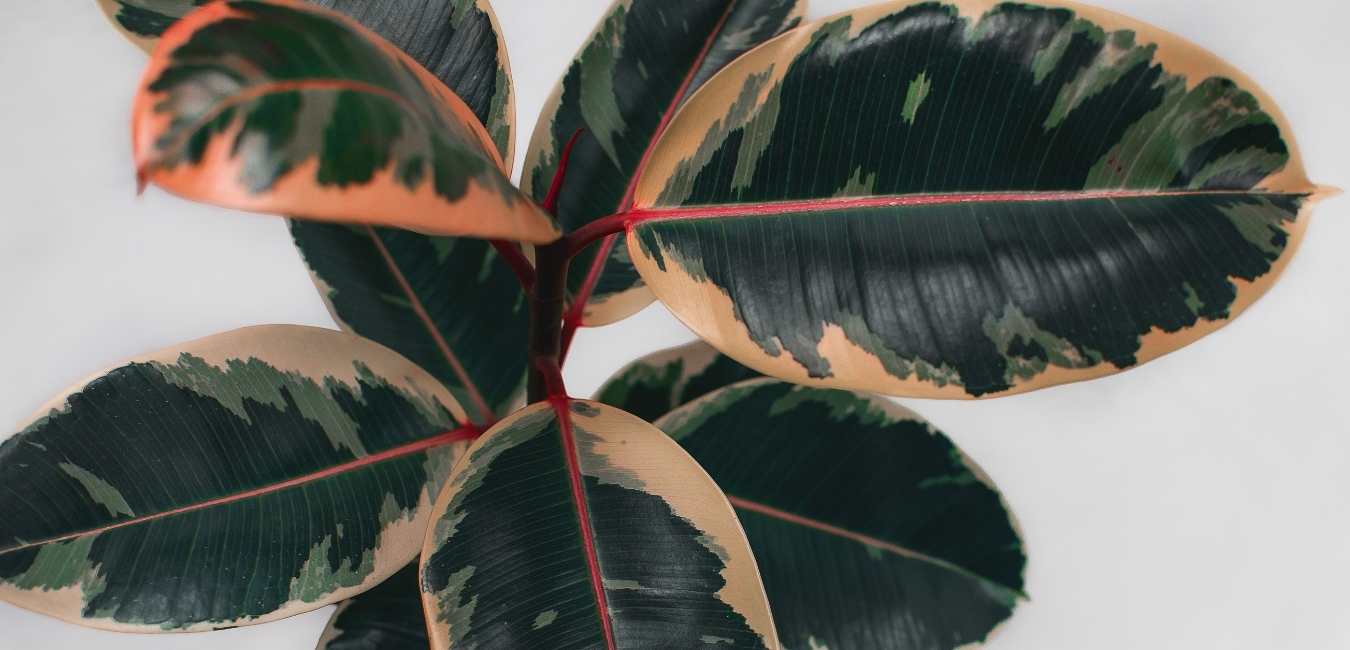
Ficus: Information and Plant Care Guide
Varieties from our listing
Interested to buy a plant from this group?
See what we have available HERE
Below is a general care guide for Ficus plants which can slightly differ depending on variety.
Light & Temperature
Ficus plants generally enjoy bright indirect light. You can place them in a spot indoors that receive bright light. Rotate the plant occasionally so it stays upright and growth is even on all sides. They will thrive in virtually any situation that avoids direct scorching sun. Most ficus also adjust well in average temperatures.
Watering, Humidity & Misting
Water your Ficus about once a week with room temperature water. Thoroughly water the plant until it drains from the bottom of the pot and discard the excess water from its tray. Allow the water to slightly dry out between waterings.
Observe how the plant is doing with your watering schedule and adjust frequency whenever necessary. Humidity and light levels will affect the amount of water the plant needs. Ficus plants will do well under average humidity but will enjoy being misted occasionally.
Soil and Repotting
Use a well-draining potting mix. When your Ficus is filling out its pot and no longer growing comfortably, it is a good time to repot. A larger pot will allow your Ficus to grow to its healthiest potential.
Propagation
Some Ficus plants are quite tricky to propagate while some are easier. They’re propagated by stem tip cuttings or air layering - depending on the species.
Fertiliser
Use a balanced fertiliser formulated for houseplants. Follow the directions on the label of our Down to Earth. organic plant food.
Toxicity
Numerous Ficus plants are toxic if ingested and should be kept out of the reach of children and pets. The leaves of the ficus also contain sap that can cause irritations.
Possible Issues
Under the right care and conditions, your plant will grow happy and healthy. But here are some issues you may encounter while caring for a Ficus:
Fungus - When you spot tiny black dots on the undersides of the leaves, remove the infected leaves and spray fungicide right away.
Anthracnose - This shows up as rusty spots on stems and leaves. Remove the diseased leaves and provide proper light, water and fertiliser to the plant moving forward.
Oozing sap - This may be caused by mealybugs or scales. It can be treated by a soapy solution or neem oil.
Leaf drop - Ficus are sensitive to changes in their environment and they react by dropping leaves. Not to worry as the leaves will grow back when the plant adjusts. If it has not been moved, leaf drop may be caused by any changes to lighting conditions or watering. Be cautious of the ficus’ regular habits and schedule and try not to deviate to avoid leaf drop.
Dry, browning or curling leaves - This can be caused by lack of water, low humidity, lack of light or a combination. Observe and adjust care as needed.
Droopy leaves - This is due to the soil being too dry. When leaves start to droop, check if the soil is dry and then water the plant thoroughly.
- Regular Price
- $18.00
- Sale Price
- $18.00
- Regular Price
- $28.00
- Unit Price
- /per
- Regular Price
- $22.00
- Sale Price
- $22.00
- Regular Price
- $32.00
- Unit Price
- /per
- Regular Price
- from $115.00
- Sale Price
- from $115.00
- Regular Price
- $120.00
- Unit Price
- /per
- Regular Price
- $18.00
- Sale Price
- $18.00
- Regular Price
- $28.00
- Unit Price
- /per
TumbleweedPlants.com
Live Chat 💬
Whatsapp:+65 80561106
getintouch@tumbleweedplants.com
514 Chai Chee Lane (Office & Warehouse)
-Strictly not open to walk-in
Company
Helpful Links
Join Our Community
Join 40,000+ plant lovers and get care tips & inspiration.
About
TumbleweedPlants.com is an independent plants retail brand, established in Singapore in 2016. We make stylish indoor plants easy and accessible to all with great looking houseplant varieties, the biggest selection of planters and indoor plant care essentials delivered to your door.
Shop with confidence from the Best Plant Home Decor Online Store Today!

